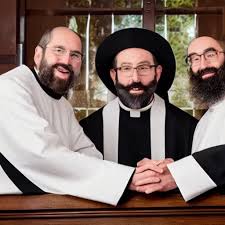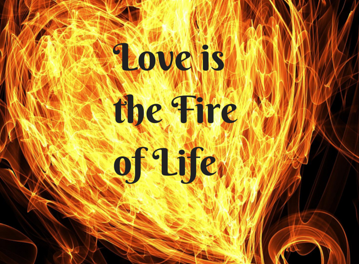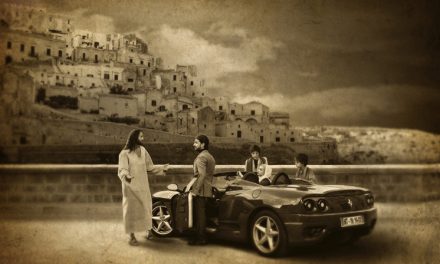December 5. Creation. Francis was not the first to focus on and praise creation as in his Canticle of the Creatures. The Old Testament especially, contains numerous creation accounts and references, from within particular contexts and different traditions, oral and written. Some details differ but the central message is the wisdom, power and goodness of God and dependence on him for sustaining and providing for all of creation. Over the many centuries of composition of the Old Testament there is a development of understanding. The Psalms are particularly rich in creation images and the book of Job contains beautiful descriptions from the mouth of God to Job.
The creation account in Genesis 1 contains the early acts of creation within the great abyss where a mighty wind blew – symbolic of the Spirit of God. Light and Darkness are separated from one another. On each of six days God added new elements, the sun, moon and stars, the creatures of the sea and air, creatures of the land and finally humankind. After each day of creation God “saw that it was good” and finally, having created humankind, ”God saw that it was very good.”
In the New Testament the Prologue to John’s Gospel refers to creation in a very different way. John refers to Jesus as the Word who was made Flesh, and through whom all things were made. Paul in Col 1:16 develops this further.
St Francis did not see all these elements of creation as separate or of different value. He saw every element as full of beauty, related and connected, as members of the family of creation. This is how it was in the Old Testament as can be deduced from references to “all of creation.” Pope Francis in Laudato Si’ brings this back, stressing the interconnectedness of all creatures. Many hymns too, that we sing regularly do the same although we may not be conscious of this.
Today, in spite of the harm we humans have done to creation, the elements are still beautiful, radiant and precious. We need to go out into the world of nature, to observe and reflect on this to appreciate their beauty and value fully. Science has studied creation in much more depth and we now know so much more about the universe of which our sun and moon are but small parts. As we reflect on the beauty and the destruction in creation we can become conscious too of the link with the Incarnation. Jesus, God’s Word of love, is present and as Crucified Lord bears the imprints of the wounds we have inflicted on the elements, our world.
Francis in his final years, having already received the stigmata and already suffering severely with a sensitivity to light which necessitated his living almost permanently in darkness was inspired to compose the Canticle of the Creatures. He did so in 3 parts. The first is praise of God from the elements of creation, the second includes people, our tendency to conflict and need for forgiveness and healing, and the third part refers to his own imminent death, for which he had already been prepared by Jesus. The Canticle offers rich opportunities for reflection and, after this opening statement, is broken down in the following DAILY THOUGHTS over the next days.
Canticle 1. Most high, all powerful, good Lord, Yours are the praises, the glory and the honour and all blessing. To you alone Most High, do the praises belong, and no human is worthy to mention Your name.
For reflection and sharing: As family members research, read up and share on the Creation accounts in the Bible.







Recent Comments